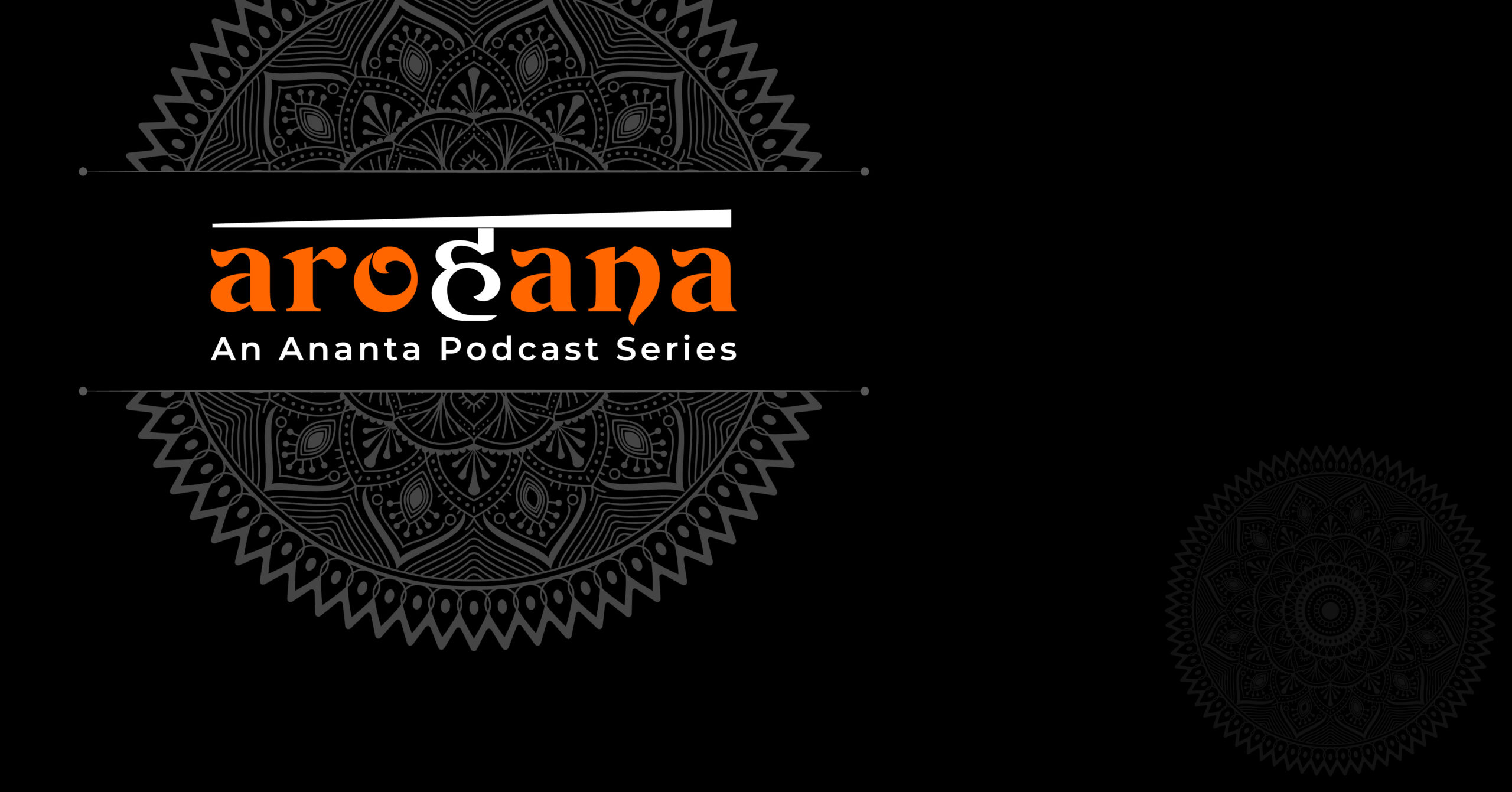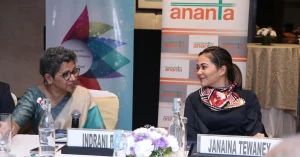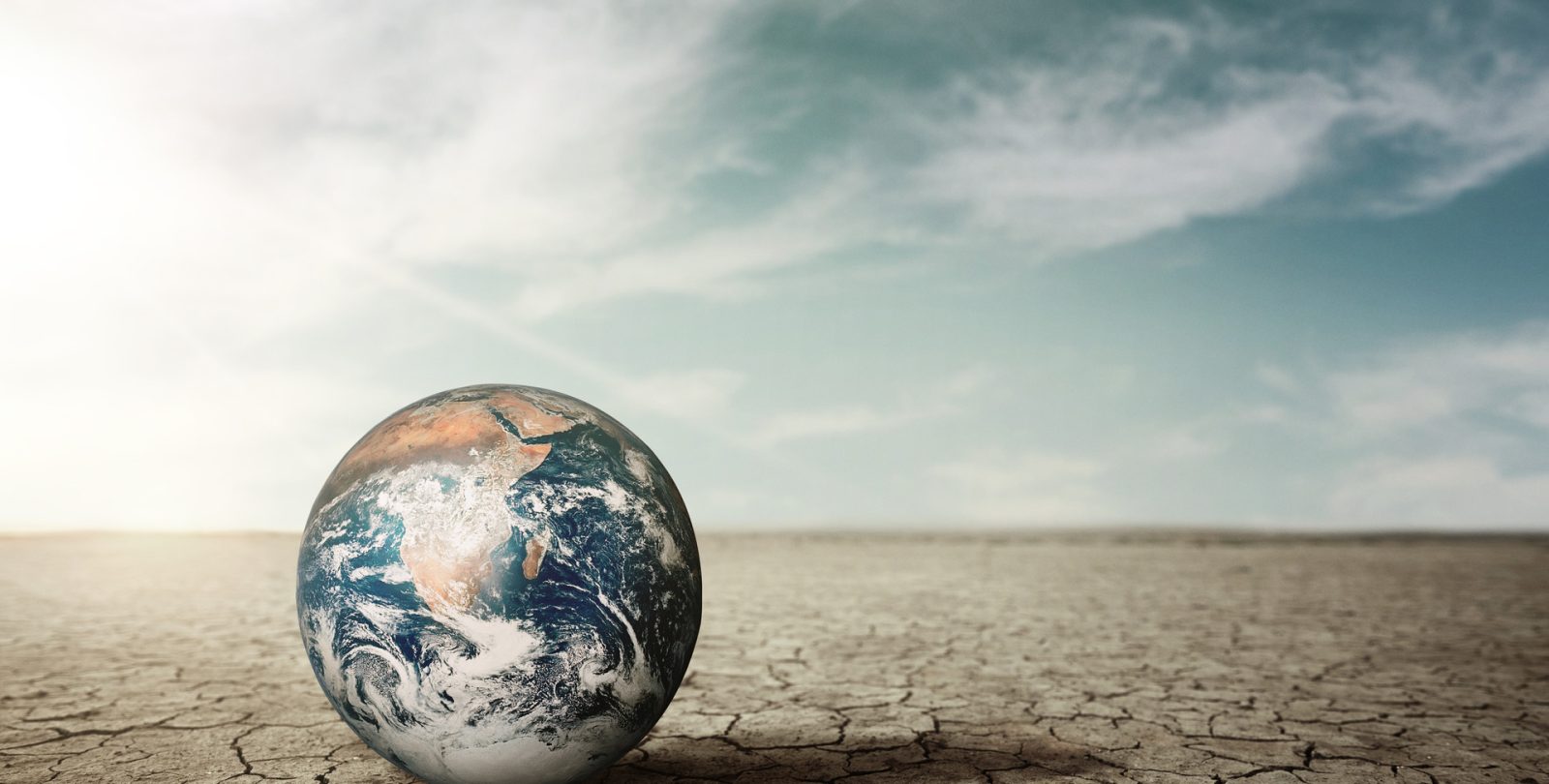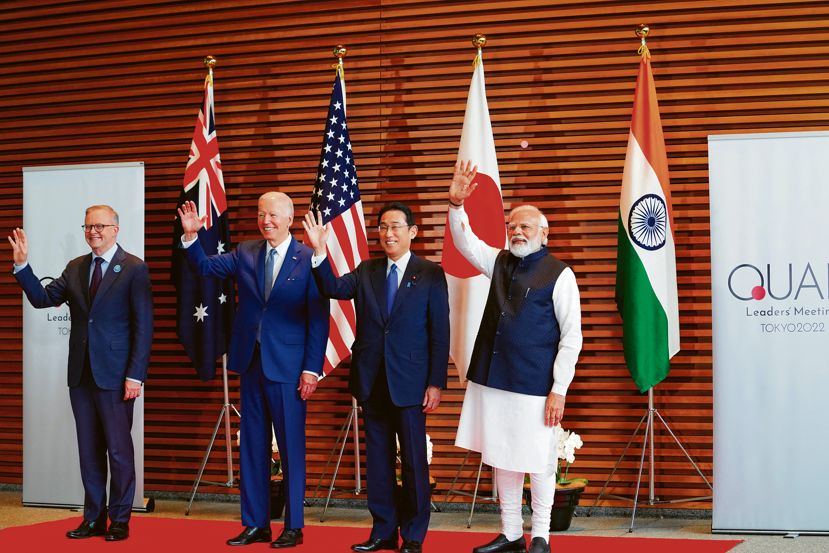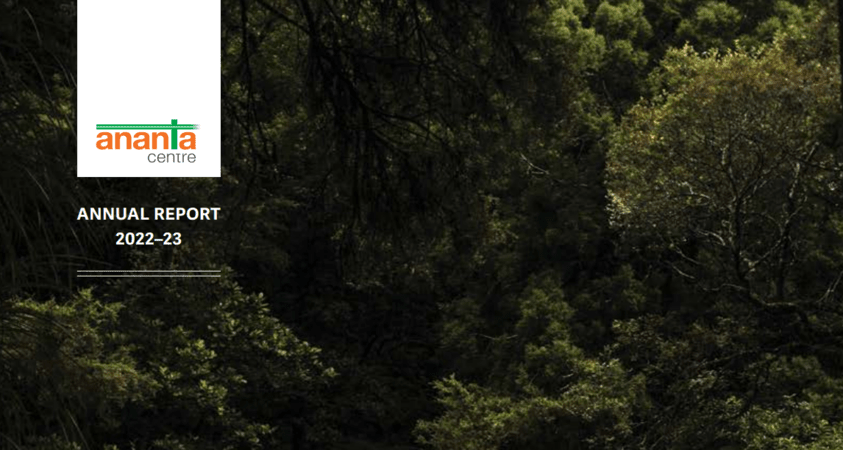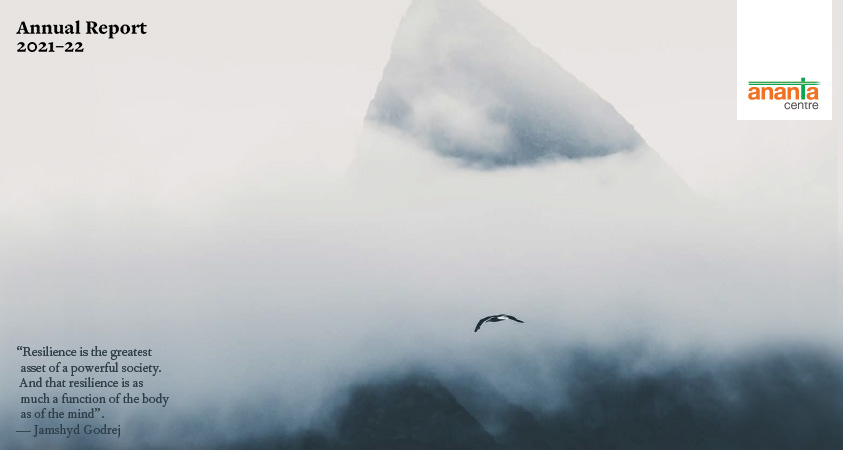HIGHLIGHTS
● Political Developments
● Economic Developments
● Focus India-LAC
Political Developments
President Lula of Brazil visited China 15-17 April and was received with full military honours, including a 21-gun salute. Over 200 Brazilian businessmen accompanied him. Brazil is still not a member of BRI but this may change under Lula. Trade with China has soared 37 times since 2000 to cross $152 billion. Over a quarter of total Brazilian exports, over US$90 billion in 2022, mainly soy, crude oil, and iron ore, yielded a $62 billion surplus in Brazil’s favour. Brazilian crude oil shipments to China increased by more than 300 percent in ten years – 26.99 million tons in 2022. Iron ore exports, at 236.9 million tons were up almost 40 percent in ten years. This massive complementarity makes China vital. $70 billion of Chinese investments in Brazil constitute over 40 percent of its total in LAC in vital sectors such as energy – conventional and renewable; agri-products – soya and meat; infrastructure – ports, electricity transmission, telecom; mining – iron and rare earths; automobiles; and smaller sectors, including medicine. In March China and Brazil reached a deal to trade in their own currencies, ditching the US dollar, in which more than 90% of all foreign trade transactions in Brazil are priced and conducted. Brazil’s central bank announced in April that the yuan had overtaken the euro as the country’s second largest international reserve currency. Brazil has ignored US caveats and signed up with China’s Huawei to set up 5G networks and training centres. Lula visited the Shanghai facility of Huawei during his visit. 11 Chinese Confucius Institutes all over Brazil impart courses in Chinese language and area studies. In 1993, Brazil became a strategic partner of China, and in 2012 this designation was further qualified as an ‘integral’ partnership, which includes extensive cooperation in outer space.
Lula is careful to maintain a political balance and made his first significant foreign visit to Washington, though the results were underwhelming. Apparently the US promised less funding for the Amazon recovery than it had donated to Lula’s predecessor Bolsonaro, while Lula pointedly met with the left wing
of the Democratic Party in Washington DC. China’s Vice President, Wang Qishan attended his swearing in on 1 January, an indication of the importance to China of Lula’s return. On 24 March, Lula’s protégé Ms Dilma Rousseff, who succeeded him as President (2011-16), took over as the President of the New Development Bank established by the BRICS. Lula intends to take full advantage of the financial clout of the NDB and the Chinese headed Asian Infrastructure Investment Bank. He will also use Brazil’s clout in Mercosur – the South American trading bloc including Argentina, Uruguay and Paraguay – to re-energise talks on a free trade agreement with China. Lula has also been true to form in other policy decisions –
within weeks of his return, Brazil has rejoined – and resuscitated – the Union of South American States (UNASUR) he was instrumental in creating in 2008, and the Community of Latin American and Caribbean States (CELAC), which his predecessor Bolsonaro had walked out of. He sent a senior adviser to meet with Venezuelan strongman Nicolás Maduro and allowed Iranian warships to dock in Rio de Janeiro. According to documents recently leaked on the Discord platform the governments of Chile, Argentina, Uruguay and Venezuela turned down Iran’s requests for such visits.
Another feature of Lula’s diplomacy is his proposal to create a group of ‘friends of peace’ potentially including China, India and Indonesia, to mediate peace talks between Russia and Ukraine. To this end, he sent his special envoy (and former Foreign Minister) Celso Amorin, to Moscow in April, followed by a visit to China. Though Lula’s plan is thin on specifics, and not much is known about Amorim’s talks, Lula himself has flip-flopped on his position on the war, initially blaming Russia and Putin specifically as the aggressor, later clarifying that it was not possible to apportion blame between Russia and Ukraine. Earlier he had indicated that Ukraine should cede Crimea to Russia. Brazil continues business as usual, especially in the critical area of fertiliser imports from Russia. In China he called on the US to stop “stimulating” the fighting in Ukraine. Russian Foreign Minister Sergei Lavrov visited Brasilia soon after Lula’s China visit and held talks on Lula’s proposal, which Russia supports. Lula is not the first leader attempting to mediate – Mexican President Lopez Obrador proposed something similar last year. Lula’s attempts in the last decade to mediate on Iran were unsuccessful. Nevertheless the initiative, involving the Global South, has raised Brazil’s diplomatic profile, though the outcome is moot.
On 25 March the Foreign Minister of Honduras Eduardo Enrique Reina visited Beijing to officially announce the switching of diplomatic relations from Taiwan to the People’s Republic of China. It became the 181st country to establish diplomatic relations with the PRC. Taiwan has lost eight diplomatic allies since 2016, after China ended an informal truce dating back to 2008 and called for all countries to adhere to the one-China principle. Honduras has been negotiating with Beijing to build the Patuca II hydroelectric dam. Reina said Honduras’ decision was partly because the Central American country was “up to its neck” in financial challenges and debt – including $600 million it owes Taiwan. Honduras had requested Taiwan to buy its public debt of $2.5 billion, a price too high for the latter. The move came just ahead of the visit by Taiwan President Tsai Ing-wen to Guatemala and Belize end March. Seven countries in the region still maintain diplomatic relations with Taiwan – Belize, Guatemala, Haiti, Paraguay, Saint Kitts and Nevis, Saint Lucia, and Saint Vincent and the Grenadines. The shift towards the PRC has been evident for several years, and President Castro had indicated the same in her election campaign. Though President Biden sent former Senator Christopher Dodd to Tegucigalpa, the Honduran capital days earlier, US influence
on an economically distressed region has slipped noticeably. Taiwan’s policy of helping its LAC allies financially also has its limitations, though China’s deep pockets may not be sufficient to erase all suspicions of debt trap diplomacy being propagated by the US and others.
The 28th Ibero-American Summit, which periodically brings together 3 Iberian (Spain, Portugal and Andorra) and 19 Latin American countries, took place 29 March in the Dominican Republic after a delay of five years, with King Felipe of Spain and the President of Portugal Marcelo Rebelo de Sousa accompanying nine Latin American heads of state. President Nicolas Maduro of Venezuela was to attend but was falsely diagnosed with Covid. Mexico was represented at level of Under Secretary, a snub from
Mexican President Lopez Obrador to King Felipe for ignoring his letter demanding an apology for the crimes of the Spanish colonization of the Americas. Substantively the event dealt with multilateral issues like climate change, multilateral finance, food security and the digital divide. Political discussions covered Haiti, Nicaragua (a confrontation between President Ortega and the left-wing President Boric of Chile), and the situation in Peru, with Colombia’s left-wing President Petro insisting the ousted and imprisoned Pedro Castillo should be at the summit. Negotiations on a common position on Ukraine (Nicaragua, Venezuela, Cuba, Bolivia and El Salvador did not condemn Russia at the United Nations) ended in a declaration in defense of the sovereignty and territorial integrity of nations, within the framework of the United Nations Charter. The Ibero-American Cooperation Plan 2023-26 was adopted and Spanish Prime Minister Pedro Sánchez confirmed that the European Union will present a strategic investment package for the region at the July CELAC-EU summit in Brussels. The 21-country Ibero-American founding summits were held in Guadalajara (1991) and Madrid (1992), to formalise the historic link between Latin America and the Iberian peninsula. Economic and political developments have reduced the roles of Spain and Portugal in LAC, and a more combative political stance over excesses against indigenous populations, combined with a more diversified foreign policy in LAC have diminished the importance of this forum.
Economic Developments
A study by the Inter-American Dialogue’s Asia and Latin America Program and the Boston University Global Development Policy Center (GDP) reveals the extent and recent pace of China’s financial presence in LAC. Since 2005, China Development Bank and China Export-Import Bank have provided more than $136 billion in loan commitments to Latin American and Caribbean (LAC) countries and state
owned firms. Recently however the pace of lending has slowed down. “At the same time, the $813 million issued by China’s development financial institutions (DFI)s in 2022 amounts to an uptick in activity, and a possible indication of renewed interest in financial support for certain types of projects.” China will support further expansion of Argentina’s Cauchari Solar Park— initially funded by Eximbank in 2017. Bolivia is expecting a $422 million loan from Eximbank for the construction of two zinc refineries. After cutting ties with Taiwan, Honduras is negotiating a credit line with China for the development of the Patuca II hydroelectric dam. The Caribbean also continues to be an area of focus, especially for China’s Eximbank.
The Inter-American Development Bank (IDB) in its Macroeconomic Report 2023 forecasts growth for the region in 2023 at 1%, much lower than similar estimates from the Economic Commission for Latin America and the Caribbean (ECLAC – 1.2 percent) and the International Monetary Fund (IMF – 1.8 percent). The IDB even finds it possible that growth could be zero percent “with higher debts and record inflation, food, and energy insecurity and, of course, the climate crisis…”. The Promise of Integration, Opportunities in a Changing Global Economy of the World Bank lowers estimated regional GDP growth to 1.4 percent. Rates of 2.4 percent are expected for 2024 and 2025, too low to make significant progress in poverty reduction. Both poverty and employment are mostly back to pre-pandemic levels, while average inflation, excluding Argentina, is expected to decline to 5 percent in 2023 after reaching 7.9 percent in 2022. Pointing out the high debt level of close to 65 percent, the Bank recommends LAC leverage its “extraordinary comparative advantage in sustainable energy production, commodities necessary for emerging green industries.. the region’s unique natural capital offers a new potential source of growth, but will require policies to facilitate access to global markets, capital, and technology.”
Focus India-LAC
External Affairs Minister Jaishankar visited LAC: Guyana (April 21-23), Panama (April 24-25), Colombia (April 25-27) and Dominican Republic (DR – April 27-29). His visit to Colombia was the first by an Indian EAM, while the visit to DR was the highest level since the establishment of diplomatic relations with that country in 1999, and on the heels of the opening of an Embassy in the capital Santo Domingo in 2022. He was accompanied by a business delegation. In Guyana he chaired the 4th India-Caricom (Caribbean Community – 15 Caribbean nations) meeting, which provided an opportunity to meet several counterparts for bilateral discussions and multilateral support. In Panama he met his counterparts from the Central American Integration System (SICA) a regional grouping comprising Costa Rica, El Salvador, Guatemala, Honduras, Nicaragua, Panama, Belize and the Dominican Republic. India’s salience and respect in the region were evident in all four capitals, with Jaishankar getting an audience with the Heads of State, an opportunity seldom afforded to LAC Foreign Ministers in Delhi.
Trade with LAC, always subject to vicissitudes of global economic engagement, has gone up to around $50 billion in 2022, a peak achieved a decade earlier, from which it dipped, largely because of substantial fluctuations in Indian imports of commodities such as edible oil, gold, etc. Indian business too has seen steady expansion, but nothing like the massive investments by Chinese companies. According to the DGFT, India’s exports April-February 2022-23 to LAC amounted to $21 billion, against $20 billion in FY 2021-22. During the same period imports remained steady at $24 billion, against $26 billion in 2021-22. India’s boost in exports of petrochemical products to Brazil, matched by a surge in edible oil imports from there, took bilateral trade to a record high of over $15 billion. Trade with Colombia, the fifth largest economy in LAC in 2021, hovers around $4 billion, about 60 percent comprising imports of crude oil and gold by India. India’s interest in commodities matches that of China in composition but is dwarfed by the latter’s volumes. There is understandable focus on countries like Guyana, which have recently discovered huge deposits of offshore hydrocarbons. The visits in January-February by the President and Vice President of Guyana were reciprocated by Jaishankar, as was the visit by the Foreign Minister of Panama,
Ms Tewaney in January. Trade with the DR, around $1 billion in 2021-22, has halved in 2022-23 due to a drop in gold imports by India. LAC is more in focus today, with Jaishankar reportedly personally running diplomacy with the big 3: Argentina, Brazil and Mexico. The Ukraine war, G20 presidency and commodity trade have elevated the region’s profile, though Indian diplomatic stamina will have to be measured in coming years to see if the momentum can be maintained.
A recent interview with two LAC analysts – Margaret Myers and Stephen Holmes, of the Inter American Dialogue – by the Foreign Policy Research Centre yielded telling opinions on India’s presence and policy in LAC. They cited “platforms of dialogue with India (which) have, in at least some cases, been deemphasized in recent years… (such as the) India-CELAC Forum…” They also pointed to challenges such as “A lack of overall guiding policy,… likely a symptom of the region’s general de-prioritization in Indian foreign policy….Latin America is relegated to the far end of the three concentric circles that drive India’s foreign policy…” On economic engagement with the region “…tariff and non-tariff barriers, restricted market access, and inefficiencies along transport and logistics routes have and will continue to impede trade to varying degrees…Indian companies… still regard the region as far away and sometimes difficult to engage. A relative lack of Spanish and Portuguese speakers in Indian companies puts some at a disadvantage due to continued reliance on local partners.
The latest financial results posted by Tata Consultancy Services (TCS), India’s leading software company, shows that Latin America was the region with the highest growth of 17.3 percent in financial year 2022-23. TCS arrived in the region in 2002 and now operates in 16 cities in 9 countries, employing tens of thousands of local engineers. In September 2022, it launched its first Threat Management Center in Mexico, geared toward providing cybersecurity solutions and services, including detection and response assistance, incident management and breach support, on-demand cyber surveillance services, digital forensics, and regulatory compliance. It has plans to employ over 500 local cyber security engineers for the Center. TCS in 2020 was ranked a Top Employer in Latin America by the Top Employers Institute, for the sixth consecutive year. It was named the Number One Top Employer in Argentina and Chile, and a Top Employer in Brazil, Colombia, Ecuador, Mexico, Peru and Uruguay.



